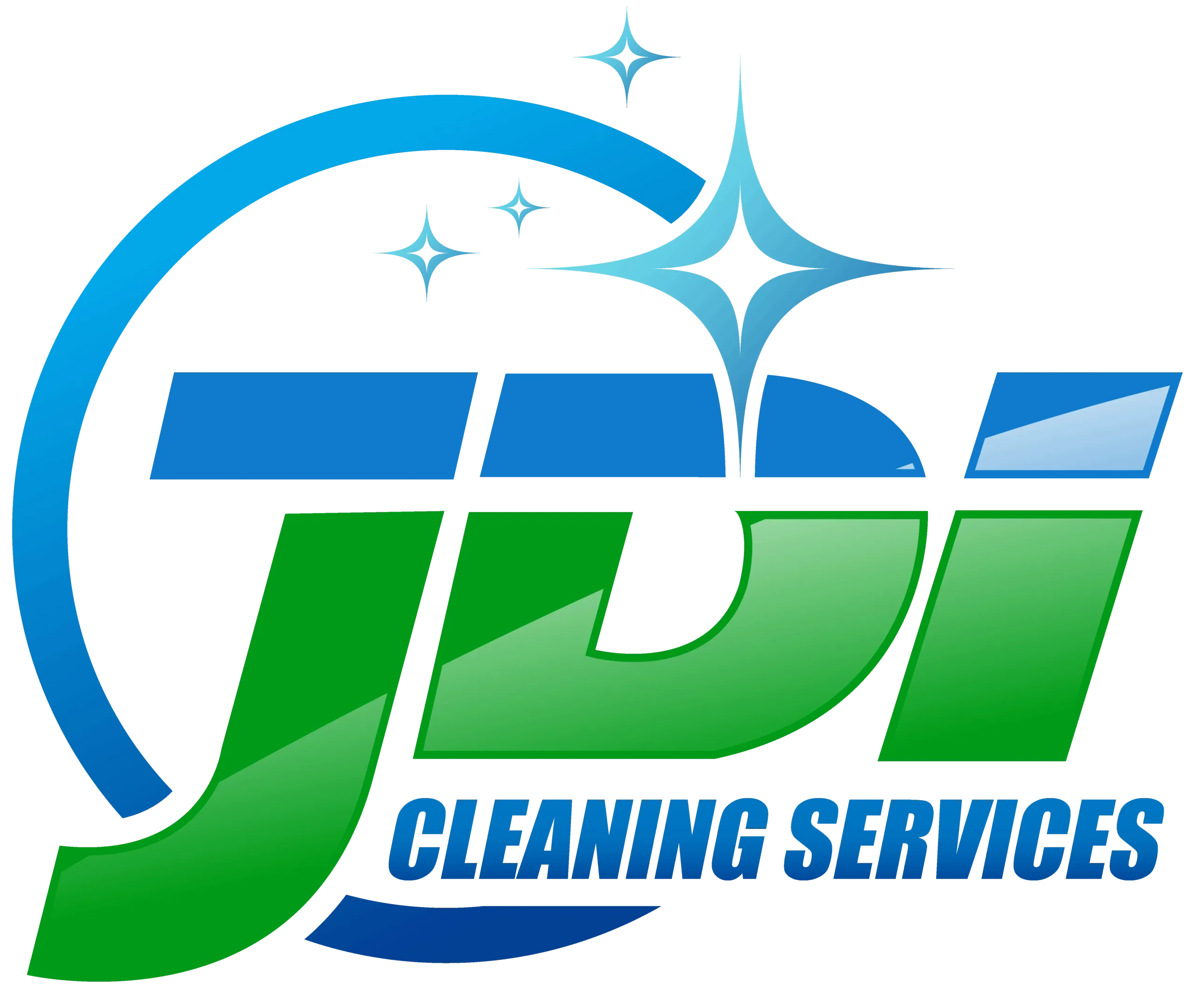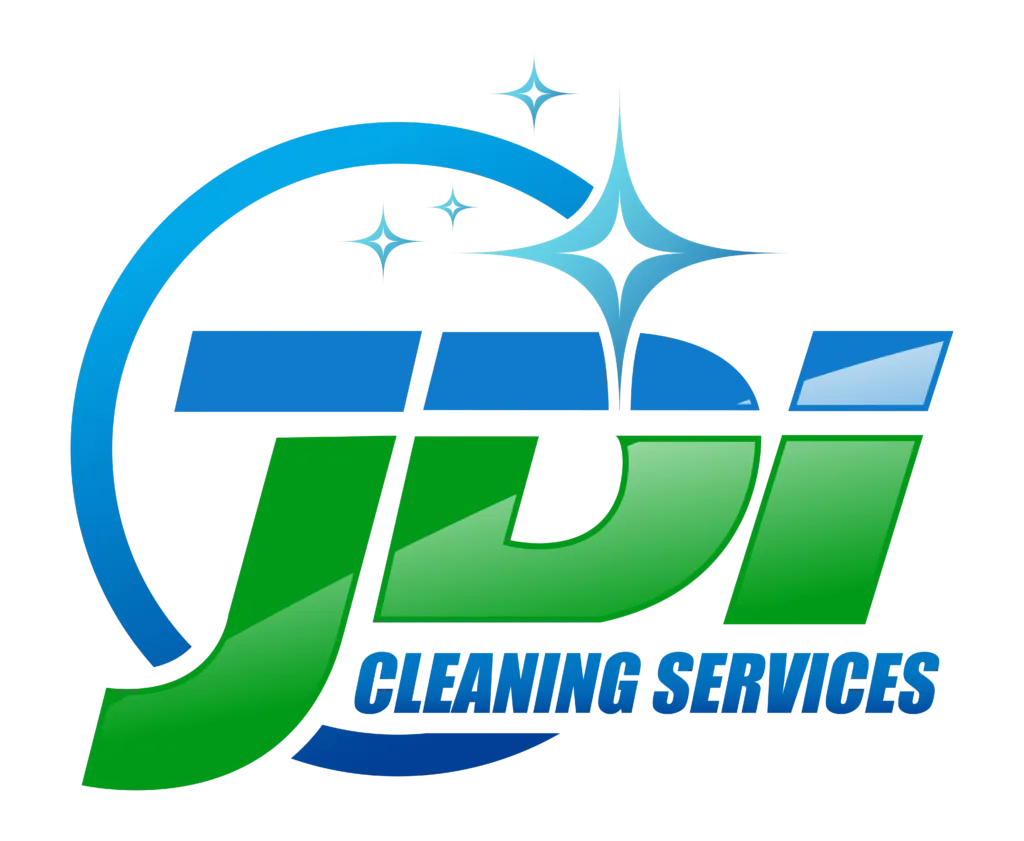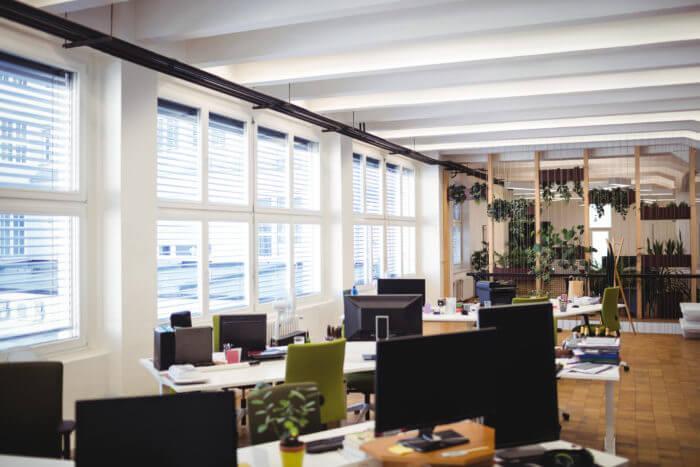Keeping a workplace consistently clean has never been more critical than it is now. Due to recent events, the general population has become far more health-conscious.
They’re expecting more frequent, and thorough cleaning from door handles and light switches to desk spaces and countertops.
A consistent, high-quality cleaning service is beneficial for meeting these expectations. It reduces the risk of employee illness while improving employee morale and productivity.
Cleaning, sanitizing and disinfecting all complement each other for reaching the goal of workplace cleanliness. However, each plays a unique role. Reputable commercial cleaning companies offer custom solutions that involve all three elements.
This article aims to educate you on the differences between cleaning, sanitizing and disinfecting.
Cleaning
Cleaning is the first and most essential step involved. Using soap and water dramatically decreases the number of germs by removing dirt and impurities from surfaces. At the very minimum, cleaning of your company’s workspace should be weekly.
It’s important to emphasize that cleaning doesn’t kill germs but removes most of them to reduce the risk of spreading infection. However, it makes surfaces and objects appear clean for some time. Some business owners think cleaning is “good enough,” but it’s only a temporary solution.
Lastly, cleaning away visible dirt, dust, fingerprints, and other marks beforehand makes it easier and more effective to remove microscopic germs sanitizing or disinfecting later.
Sanitizing
The Canadian government recommends disinfecting surfaces and objects after cleaning them. These steps are necessary because only a sanitizer or disinfectant will kill bacteria and ensure the area is safe.
Sanitizing lowers the number of germs on surfaces or objects to a safe level. Unlike cleaning, sanitizing products kill the majority of germs to reduce the risk of spreading infection. At the very least, you should consider sanitizing high touch areas in your workplace.
This level of cleanliness is essential in areas where food is regularly prepared. The Canadian Centre for Occupational Health and Safety offers some general tips for sanitation. A few of them are:
-Use cleaning products appropriate to your workplace and according to the supplier’s recommendation to ensure proper cleaning.
-Always clean and wash surfaces/areas thoroughly before disinfecting them.
-Use disinfecting agents or diluted bleaches (e.g. sodium hypochlorite) to disinfect areas as required.
In summary, every workplace has unique sanitation needs. It’s up to you or a professional company to utilize specific products and processes for effective cleaning.
On a similar note, hand sanitizer should be available to employees and customers throughout the workplace. It’s a useful extra precaution that we recommend.

Disinfecting
Disinfecting is the last step businesses should be taking for workplace cleanliness. It can sometimes be confused with sanitizing, but the main difference is disinfectants kill far more germs.
High-quality disinfectants use chemicals to kill everything on a surface. For example, a common disinfectant is high concentration bleach. Click here to see a list of approved hard-surface disinfectants by Health Canada.
Be mindful when handling disinfectants and follow all manufacturer instructions for safe use. Wearing rubber gloves will be a requirement since the chemical solutions are so robust.
Conclusion
In conclusion, cleaning removes some germs temporarily, sanitizing kills most germs, and disinfecting kills them all.
Depending on your company’s cleanliness standards, you’ll want all three combined into a consistent routine. This will reduce the risk of employee illness while improving employee morale and productivity.
If you’re considering handling these cleaning procedures independently, make sure to clean surfaces and objects before sanitizing and disinfecting. This ensures that surface-level debris and dirt is cleared.
We also recommend closely following the cleaning instructions for each cleaning product you use. The most challenging part will be remaining consistent over the long term with the cleaning standards you set.
Enlisting the help of a professional commercial cleaning company is another option you should consider.
Read another article of ours for more details on the importance of cleaning and disinfecting.


